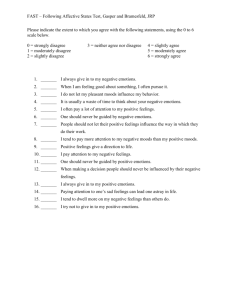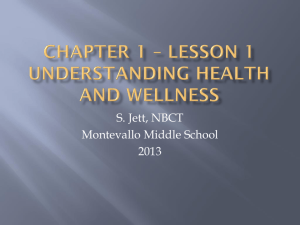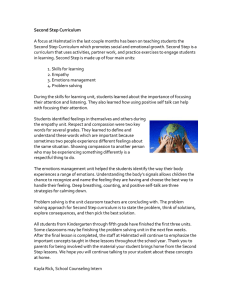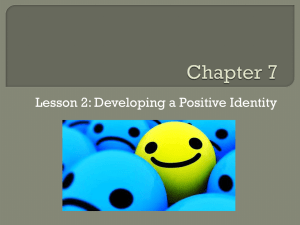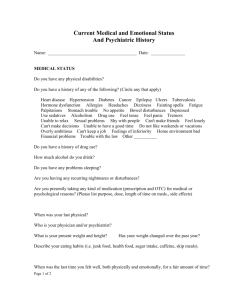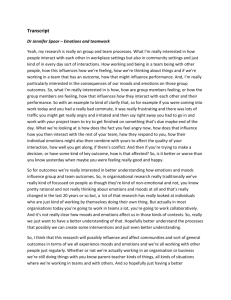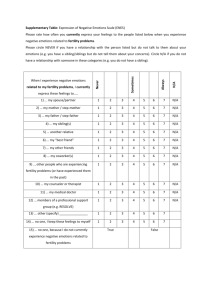What is self-directed play?
advertisement
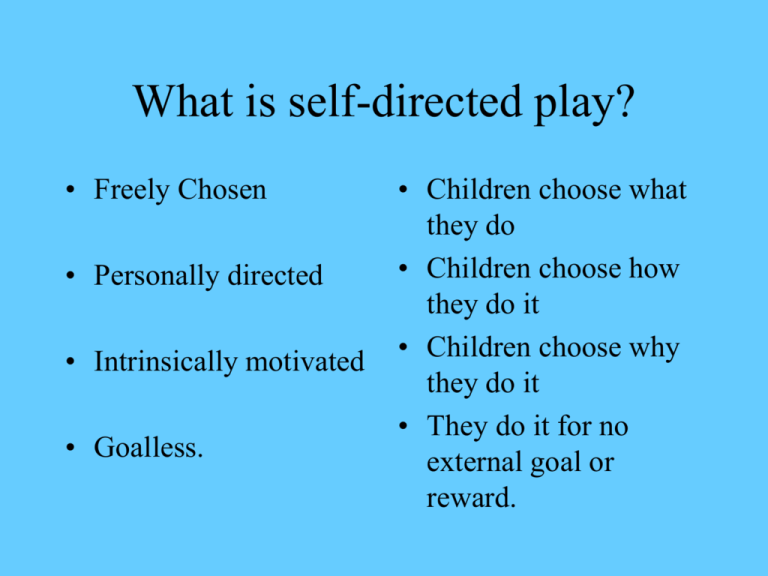
What is self-directed play? • Freely Chosen • Personally directed • Intrinsically motivated • Goalless. • Children choose what they do • Children choose how they do it • Children choose why they do it • They do it for no external goal or reward. Why do children play? • To learn about themselves, the people around them and their physical environment. • Discover and make sense of their world in order to survive in it. • Develop social, physical, intellectual and creative skills. • It gives them pleasure and they can release physical and emotional energy. The Benefits of Play • • • • • • • • • • • Sense of freedom Control of their own environment Development of skills Express their emotions Exploration of their own limits Exploration of their own identity Growth of independence Growth of self - esteem and confidence Potential of self expression Respect for other children and young people Through play children learn what no one else can teach them. Playworkers should: • Support children’s play not direct or contol it • create and resource an appropriate human environment • create and resource an appropriate physical environment • respond to play cues • advocate children’s play to adults Play environments should provide opportunities for: • • • • • • • • • • A varied and interesting physical environment. Challenge in relation to the physical environment playing with the natural elements movement manipulating natural and fabricated materials stimulation of the five senses experiencing changes in the natural and built environment social interactions playing with identity experiencing a range of emotions An effectivie play space • Pays attention to and supports the variety of feelings and moods children may bring with them or have during play • Has particular spaces or areas or resources that at different times encourage experiences or expression of a range of emotions • Seeks to develop via diverse means an overall feeling and atmosphere of welcome, acceptance, freedom and playfulness. • Supports childrens feelings and moods during play and uses space, lighting, colour, sounds, materials accordingly. Creating an affective play space • • • • • • • Lighting Music Images Aroma layout Spaces Familiarity • • • • • • • Comfort factors Sensory stuff Elements Resources and loose parts Attitudes Behaviour Noise/sound level Play spaces • Permanent • play that can not be moved e.g climbing frame • Transient • play that can be moved e.g den making • For physical play • Chase, rough and tumble, football • For affective play • Provides for emotions, feelings, e.g music, lighting Mood descripitors • • • • • • • • Happy Independent Confident Altruistic Trusting Balanced Active or immeresed At ease Playwork Occupational Standards training days 2005


